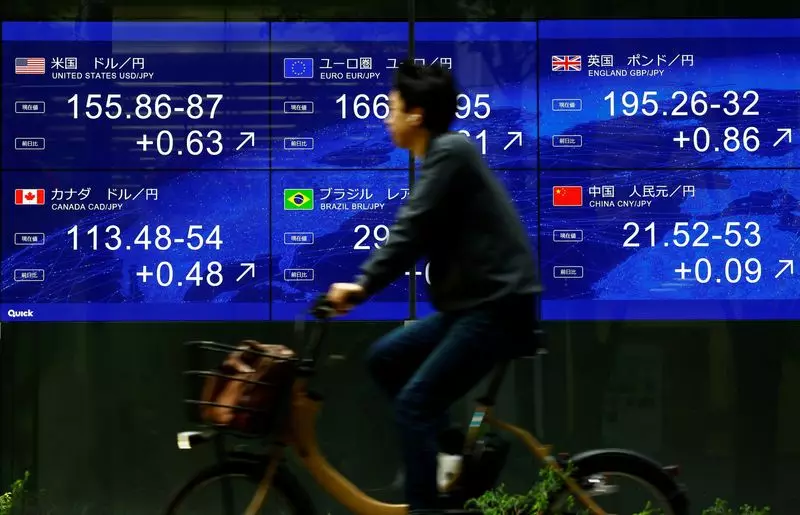As we transition into the last weeks of the trading year, Asian equities are showing signs of fatigue against the backdrop of high U.S. Treasury yields, which have raised concerns over the sustainability of equity valuations. The looming New Year holiday leads to quieter trading, exacerbating a sense of uncertainty among investors. This article delves into the current market climate in Asia, highlighting macroeconomic factors, stock performance, and potential outlooks for the upcoming months.
The trading environment in Asia has been characterized by muted activity as participants brace for the holiday season. The absence of critical economic data for the week adds to the cautious sentiment. Key reports, particularly from China regarding the PMI factory surveys, are expected to provide more insight into the manufacturing sector, while the upcoming U.S. ISM survey may also influence trading decisions. The MSCI index of Asia-Pacific shares outside Japan saw a slight decline of 0.2% but remains buoyed by a notable 16% increase for the year. Conversely, Japan’s Nikkei demonstrates resilience, easing only by 0.9% yet retaining impressive gains of around 20% for 2024.
The South Korean market, however, has been disproportionately affected by recent political turmoil, resulting in a dismal 9% decline year-to-date, although it managed a slight gain of 0.3% on Monday. The tragic implications of a recent plane crash further exacerbate the woes of the South Korean airline sector, with companies like Jeju Air facing unprecedented stock drops.
The core issue facing global markets is the rising yields on U.S. Treasuries. With current yields at their highest in over eight months, the return on safe assets increasingly pressures equities that appeared richly valued in comparison. The S&P 500 has experienced an astonishing 25% rise this year, and the Nasdaq has surged even more impressively at 31%. Yet, as investor expectations for corporate earnings growth hover around just over 10% for 2025, concerns grow over valuation sustainability amidst ballooning Treasury yields.
Quasar Elizundia from Pepperstone highlights the market’s anxiety about the Federal Reserve’s potentially prolonged restrictive monetary policy stance. Investors must grapple with the realities of reduced earnings growth, which could influence their investment choices significantly.
The dynamics of interest rates also produce ripple effects in the currency market, where the U.S. dollar maintains its edge with gains of approximately 6.5% for the year against a basket of currencies. The euro has faced a steep decline, down more than 5% against the dollar, and it currently wobbles at around $1.0427, close to its recent low. The dollar’s strength burdens commodity prices, including gold, despite its remarkable 28% rise this year, indicating a complex interplay of factors at work.
Interestingly, the yen too has been impacted as the dollar holds steady near a five-month high. Should further intervention from Japan come into play, the dollar’s relentless pursuit of the 160.00 mark represents a battleground where economic fundamentals must contend with market psychology.
While gold demonstrates impressive gains, oil markets face existential challenges. Concerns surrounding demand—most notably from China—have pressurized prices despite OPEC+’s ongoing efforts to limit supplies. Brent crude recently hovered around $74.23 per barrel, indicative of the struggles commodities are undergoing amid broader economic uncertainty.
Ongoing market dynamics suggest that while some sectors may thrive, overall market perception could shift as investors digest economic signals from key reported data and the actions of major central banks.
As we draw towards the end of 2023, the overarching landscape remains one of caution. With critical economic indicators on the horizon and potential policy shifts from the Federal Reserve, the directional flow of markets is far from assured. Investors must remain vigilant and adaptable, weighing the potential for growth against the risks posed by rising interest rates and geopolitical uncertainties. Ultimately, a delicate balance between risk and opportunity will dictate the investment landscape moving into 2024.

